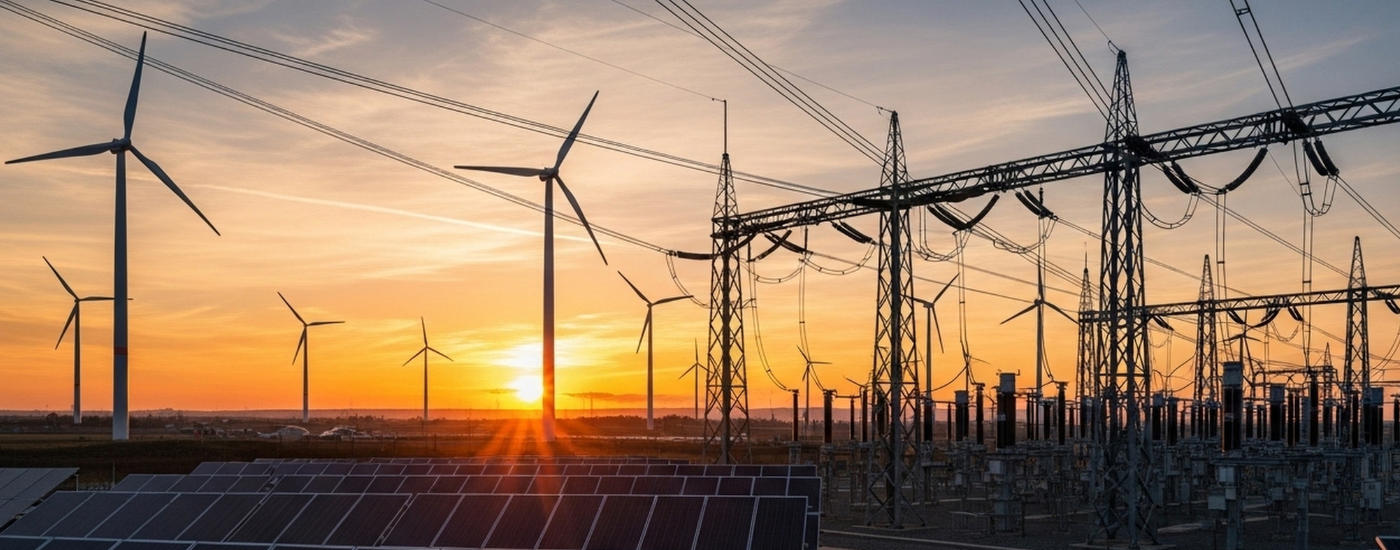The latest summary edition of our monthly Australian energy & environmental market update is now available. Keep reading for energy and carbon pricing movements, policy updates and other news.

This month we cover energy and environmental market movements, AEMO’s release of their preliminary Marginal Loss Factors (MLFs) for 2024-25, and the release of the Quarterly Energy Dynamics (QED) report for Q4 2023, also from AEMO.
Keep reading for an overview of key market developments and a discussion of the impact of these announcements.
A comprehensive report with additional insights, charts and commentary from our industry analysts, is available to paid subscribers. Contact our team to find out more.
For a comprehensive update on the ACCU market, read our ACCU Monthly Market Report here.



AEMO has released preliminary MLFs for 2024-25 ahead of schedule with the aim of allowing plenty of time for stakeholder feedback.
Preliminary calculations highlighted an on-average increase in generation MLFs in northern New South Wales due to decreased southerly flows.
In contrast the remainder of New South Wales, Victoria and South Australia have seen an on average decrease in generation MLFs.

AEMO has released their report on the Quarterly Energy Dynamics for Q4 2023 highlighting a string of records for the quarter.
In Q4 2023, the NEM experienced the first year on year increase in Q4 demand since 2015. This was increased demand in Queensland and New South Wales. Conversely Victoria and South Australia experienced all-time lows in average operational demand.
The average wholesale electricity price dropped significantly to $48/MWh. A 48% reduction on the average price in Q4 2022.
A number of factors contributed to falling prices including:
Coal fired generation still plays an important role in setting prices, with coal fired generation setting the price in 28% of intervals in Q4 2022 and 30% of intervals in Q4 2023. Despite this, the increase in VRE generation has seen a decline in reliance on coal with a new quarterly low average output from coal of 9,189MW. The changing generation mix lead to a record low Q4 emissions intensity of 0.59 tCO2-e/MWh.

The events outlined in this month's update highlight the evolving nature of carbon and energy markets and the complexity of the net zero transition.
To discuss your unique requirements, get in touch with our team today to see how we can help.
Australian Energy & Environmental Market Update - January 2024

As the NEM Review lands, attention rightly turns to system-level settings. But much of the commercial change shaping renewable and firming supply is already unfolding inside over-the-counter (OTC) energy markets. This article sets out what’s already shifting commercially in a market under review.

As the NEM Review lands, attention rightly turns to system-level settings. But much of the commercial change shaping renewable and firming supply is already unfolding inside over-the-counter (OTC) energy markets. This article sets out what’s already shifting commercially in a market under review.